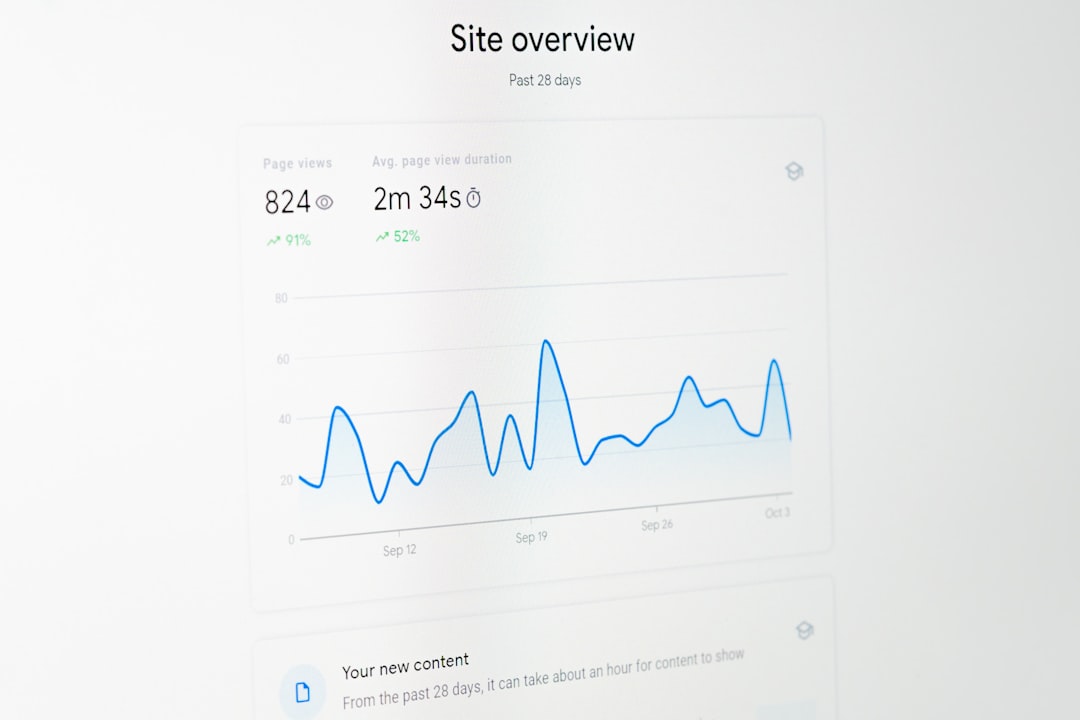When managing a dedicated server, having a powerful and user-friendly control panel can make all the difference. A control panel acts as the command center for your server, giving administrators the tools necessary to manage applications, monitor performance, configure data backups, and more. With a wide variety of options available on the market, selecting the right control panel involves assessing specific features that meet your operational needs and technical expertise.
1. User Interface and Usability
One of the first aspects to consider is the user interface (UI). A clean, intuitive interface helps even non-technical users perform complex server management tasks. Look for control panels with dashboards that clearly present real-time data and allow for easy navigation across different settings and configurations.

Ideally, a control panel should simplify daily management by streamlining operations like resource allocation, service restarts, or email configuration. The inclusion of tooltips, documentation access, and customizable layouts further enhances usability.
2. Operating System Support
A control panel should be compatible with the preferred operating system (OS) of the dedicated server. Some panels cater exclusively to Linux distributions like CentOS or Ubuntu, while others also support Windows servers. Ensuring compatibility up front avoids future integration headaches and ensures smoother performance.
3. Security Features
Security cannot be overlooked when managing a dedicated server. Choose a control panel that includes:
- Firewall Configuration: Enables IP blocks and a robust set of access rules.
- SSL Management: Built-in SSL support for automatically issuing and renewing certificates.
- Two-Factor Authentication (2FA): A must-have to secure administrator access.
- Malware Scanning: Tools to detect, report, and sometimes remove security risks.
Regular software updates and a history of addressing reported vulnerabilities also indicate a control panel that prioritizes security.
4. Automation and Task Scheduling
A solid control panel should allow administrators to automate repetitive tasks like database backups, software updates, or log cleaning. Task scheduling via a cron job interface or automation manager can greatly reduce manual workload and ensure consistent, error-free execution of routine operations.
5. Resource Monitoring and Reporting
Real-time insights into server performance are crucial for optimal operation. Look for features such as:
- CPU and RAM usage monitoring
- Disk space analysis
- Network traffic tracking
These metrics enable administrators to make informed decisions regarding resource allocation and can aid in the identification of performance bottlenecks.

6. Backup and Recovery Tools
Reliable backup and easy recovery are lifesavers in case of server failure or data loss. A good control panel should offer:
- Automated scheduled backups
- Support for incremental backups
- Easy restoration of full systems or individual files
Integration with cloud storage platforms (like AWS S3 or Google Drive) for offsite backups is another advantageous feature to consider.
7. Software Installation and Application Support
Control panels that support one-click installations for CMS platforms (such as WordPress, Joomla, or Magento) and web applications greatly streamline setup processes. Compatibility with multiple web server types (e.g., Apache, NGINX, LiteSpeed) and database engines (like MySQL, MariaDB, PostgreSQL) adds flexibility and scalability.
8. Customer Support and Documentation
Even the most powerful control panel is limited by the quality of its support. Opt for vendors that offer 24/7 support and maintain up-to-date documentation, user forums, and active community involvement. Extensive tutorials and knowledge bases can also help troubleshoot issues independently.
FAQs
-
Q: Can I switch control panels after setting up my server?
A: Yes, but it can be challenging. Configuration, application setups, and data migration may require advanced skills or help from a server administrator. It’s best to choose the right panel from the start. -
Q: Are paid control panels always better than free ones?
A: Not necessarily. While paid panels often offer enhanced support and a broader range of features, some free options like Webmin or ISPConfig meet basic needs effectively. -
Q: Is it necessary to have technical knowledge to use a control panel?
A: Modern control panels are designed to be user-friendly. While basic knowledge helps, many offer GUI-driven tools that simplify tasks for non-technical users. -
Q: Can I manage multiple servers with one control panel?
A: Some advanced control panels support multi-server environments, but this feature is platform-specific and may require additional configuration or licensing.
Choosing the right dedicated server control panel is a decision that can impact the efficiency, security, and manageability of your server operations. Whether managing a single server or an entire infrastructure, selecting a control panel with the right blend of usability, features, and support ensures long-term success.
